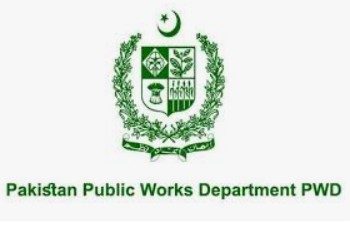KARACHI,: The State Bank of Pakistan Friday increase the policy rate by 100 basis points to 16 percent.
The decision was taken in a Monetary Policy Committee (MPC) meeting held on Friday.
The SBP said this decision reflects the MPC’s view that inflationary pressures have proven to be stronger and more persistent than expected. It is aimed at ensuring that elevated inflation does not become entrenched and that risks to financial stability are contained, thus paving the way for higher growth on a more sustainable basis.
SBP said amid the on-going economic slowdown, inflation is increasingly being driven by persistent global and domestic supply shocks that are raising costs. In turn, these shocks are spilling over into broader prices and wages, which could de-anchor inflation expectations and undermine medium-term growth. As a result, the rise in cost-push inflation cannot be overlooked and necessitates a monetary policy response.
The MPC noted that the short-term costs of bringing inflation down are lower than the long-term costs of allowing it to become entrenched. At the same time, curbing food inflation through administrative measures to resolve supply-chain bottlenecks and any necessary imports remains a high priority.
“Since the last meeting, the MPC noted three key domestic developments. First, headline inflation increased sharply in October, as the previous month’s administrative cut to electricity prices was unwound. Food prices have also accelerated significantly due to crop damage from the recent floods, and core inflation has risen further. Second, a sharp decline in imports led to a significant moderation in the current account deficit in both September and October. Despite this moderation and fresh funding from the ADB, external account challenges persist.
Third, after incorporating the Post-Disaster Needs Assessment of the floods and latest developments, the FY23 projections for growth of around 2 percent and a current account deficit of around 3 percent of GDP shared in the last monetary policy statement are re-affirmed. However, higher food prices and core inflation are now expected to push average FY23 inflation up to 21-23 percent.”
REAL SECTOR: SBP noted that in the Real State sector, the economic activity has continued to moderate since the last MPC meeting on account of transient disruptions from floods and on-going policy and administrative measures.
In October, most demand indicators showed double-digit contraction on a yearly basis—including sales of cement, POL, and automobiles. On the supply side, electricity generation declined for the fifth consecutive month, falling by 5.2 percent (y/y). In the first quarter of FY23, LSM production was flat relative to last year, with only export oriented sectors contributing positively. In agriculture, latest estimates suggest sizeable output losses to rice and cotton crops from the floods which, together with tepid growth in manufacturing and construction, will weigh on growth this year.-PNP
















